Tacx Neo 2T review
The most realistic samrt turbo trainer on test - but that's not always a good thing
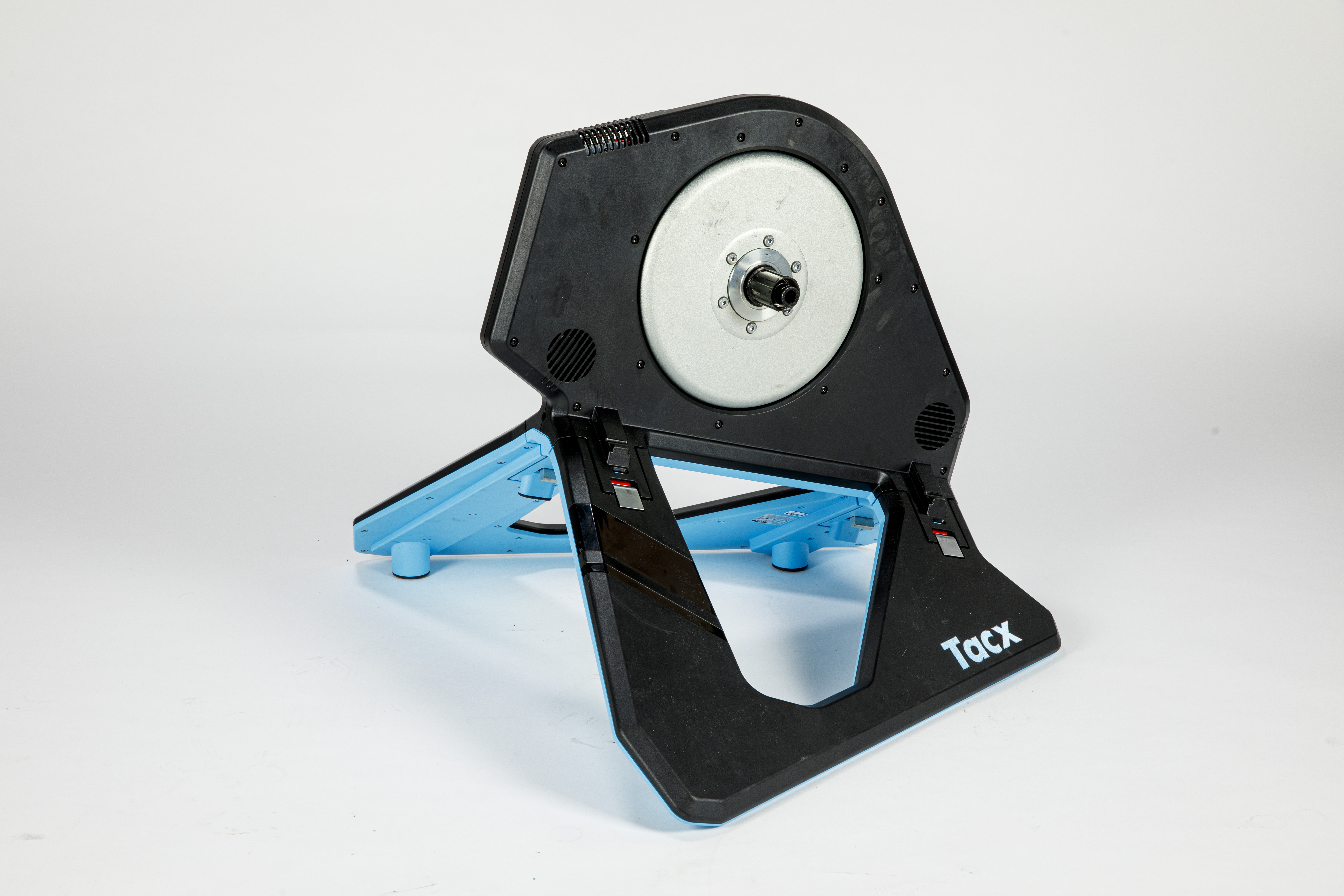
The Tacx Neo 2T provided the most realistic feel, there is built-in sway to the unit and the electromagnetic flywheel simulates the road very well - really capturing the super high torque you need to get a sprint going from a low speed before spinning up. The cobble simulation actually feels really quite realistic too and speed at which climbs and descents are replicated is impressive. It’s also very handy that it can power itself. The power on our unit was accurate when compared with two other power meters, and and it doesn’t need calibrating/zero offset each ride. The cons are the price, how much of a pain it is to carry, and the fact that the inbuilt left/right motion creates a noodley feel during sprints, which takes some getting used to. This is a good to buy if you want maximum realism and good trainer control and aren’t so fussed about all-out sprints.
-
+
Inbuilt rocker feature
-
+
Realistic sprint feel
-
+
Cobble effect
-
+
Good power accuracy
-
+
Nice feeling erg mode
-
+
One of the fastest to drop to zero watts
-
+
No need to zero offset
-
-
A riser unit would double down on realism
-
-
Foldaway isn’t so convenient
-
-
The rocker feature really sapped my sprint
-
-
The realistic sprint “spin-up” is a bit annoying for a turbo, requiring more shifting
You can trust Cycling Weekly.

Indoor trainer brand Tacx came under the wing of Garmin in 2019. The hypothesised take-over of the indoor training space - facilitated by a huge cycling computer and software brand now owning a trainer hardware division - hasn’t happened yet. In fact, there hasn’t been a great deal of change to Tacx’s smart trainer range at all. However, the future remains a mystery for anyone outside of Garmin’s trust circle (eg: Garmin itself).
The Tacx Neo 2T is the most expensive of the brand’s smart turbo trainers, at £1199.99/$1399.99. It’s bested only by the Tacx Neo indoor bike, at £2299.99/$3199.99. The ability to replicate tougher climbs, a higher max power and improved accuracy set this unit apart from the Tacx Flux 2, at £699.99/$899.99.
We tested the Tacx Neo 2T as part of a grouptest to find the best smart turbo trainer, it went against the Elite Direct X, Saris H2, and Wahoo Kickr.
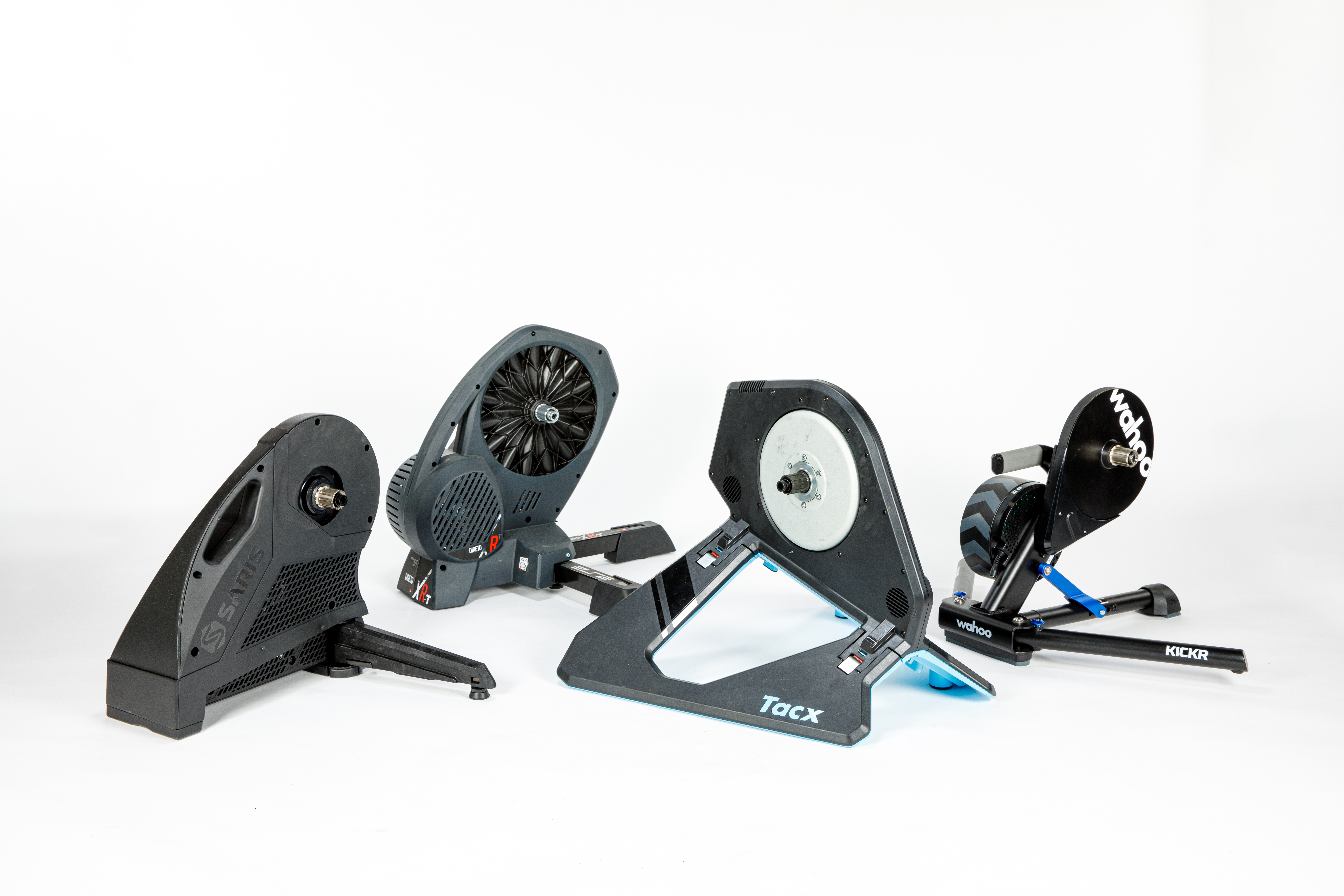
Without a doubt, the Tacx Neo 2T is an excellent turbo trainer. Its greatest achievement is probably its realistic pedalling quality. However, it’s not perfect - the ‘rocking’ facilitated by the design can be off-putting and the folding mechanism makes it less convenient to fold away.
Tacx Neo 2T smart trainer specs
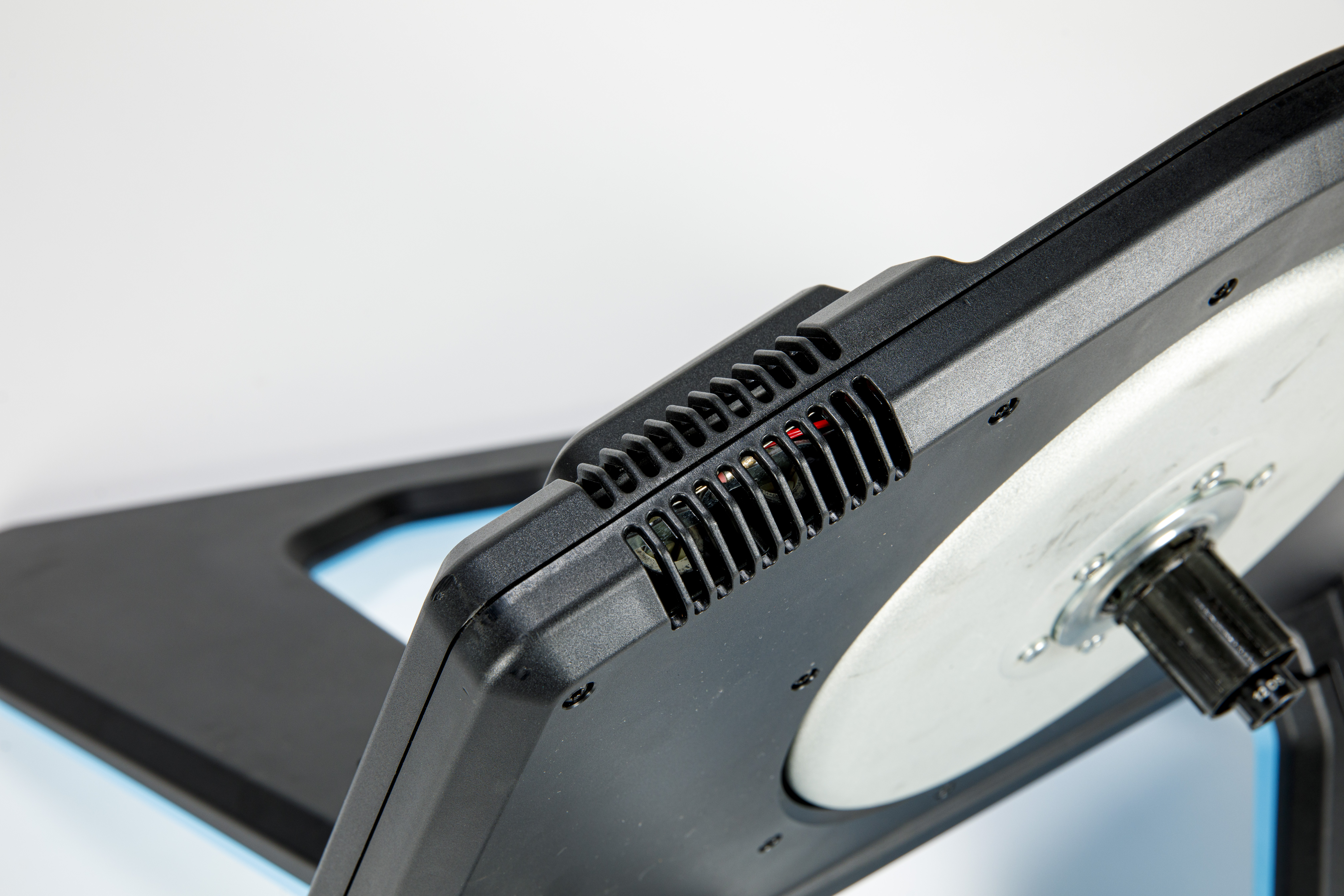
The Tacx Neo 2T boasts the stats that you’d expect from a direct drive turbo. It can replicate climbs as steep as 25%, which, given the steepest climb currently on Zwift is 22%, is comprehensive.
Max power is set at 2,200 watts. This is lower than the Elite Direto X, also on test (3,600w). However, if you’re putting out more than 2,200w then we would direct you immediately to your national cycling federation talent-spotting team.
The accuracy is a rather impressive ‘<1%’; +/-1% is the most common stated figure at this price range, so evidently, Tacx is confident. It can also provide left/right power data which is rather impressive (and useful as a discrepancy can provide a warning flag for approaching injury).
The resistance type is electromagnetic. This is the most realistic, and features on the likes of the Wahoo Kickr bike and the latest Wattbike Atom. Not only that, Tacx has built-in some neat features - such as the ability to replicate the feel of cobbles found within immersive indoor training world, Zwift, and descent simulation replicates the feel of negative inclines.
The trainer attaches to your bike via the rear axle, and it actually provides a fair amount of ‘sway’, the bike will move to and fro if you get out of the saddle, just like on the road. This can feel a little disconcerting, but it is intentional and perfectly safe.
The trainer uses Bluetooth and Ant+ to communicate with apps and weighs 21.5kg.
| Row 0 - Cell 0 | Tacx Neo 2T | Wahoo Kickr | Saris H3 | Elite Direto |
| Max climb | 25% | 20% | 20% | 24% |
| Max watts | 2200w | 2220w | 2000 | 3,600w |
| Resistance type | Electromagnetic | Electromagnetic | Row 3 - Cell 3 | Row 3 - Cell 4 |
| Claimed accuracy | +/- under 1% | +/-1% | +/- 2% | +/-1.5% |
| RRP | £1199.99/$1399.99 | £999.99/$1,199.99 | £899.99/$1,099.99 | £829.99/$1,166.14 |
Tacx Neo 2T smart trainer compatibility and setup
The Tacx Neo 2T is compatible with bikes with 130mm snf 135mm QR axles as well as 142mm and 148mm thru axles, these are all supplied in the box. There is an adapter available for 135 x 10mm axles.
No cassette is provided, but as standard the trainer is compatible with Shimano and SRAM cassettes, from 9-11 speed. There are freehubs for Campagnolo and SRAM XDR; Shimano Microspline freehubs are not currently compatible.
Set-up is fairly easy, but of the trainers on test, the Neo 2T loses points against the competition. All you have to do is locate a slider button to release the legs, then fold them out so the trainer can support itself. However, you’ll need to rest it on its side to do this (and, undo it), and combined with its 21.5kg weight this is a bit of a balancing act. Carrying the trainer when folded is a little more cumbersome, too, due to the shape.
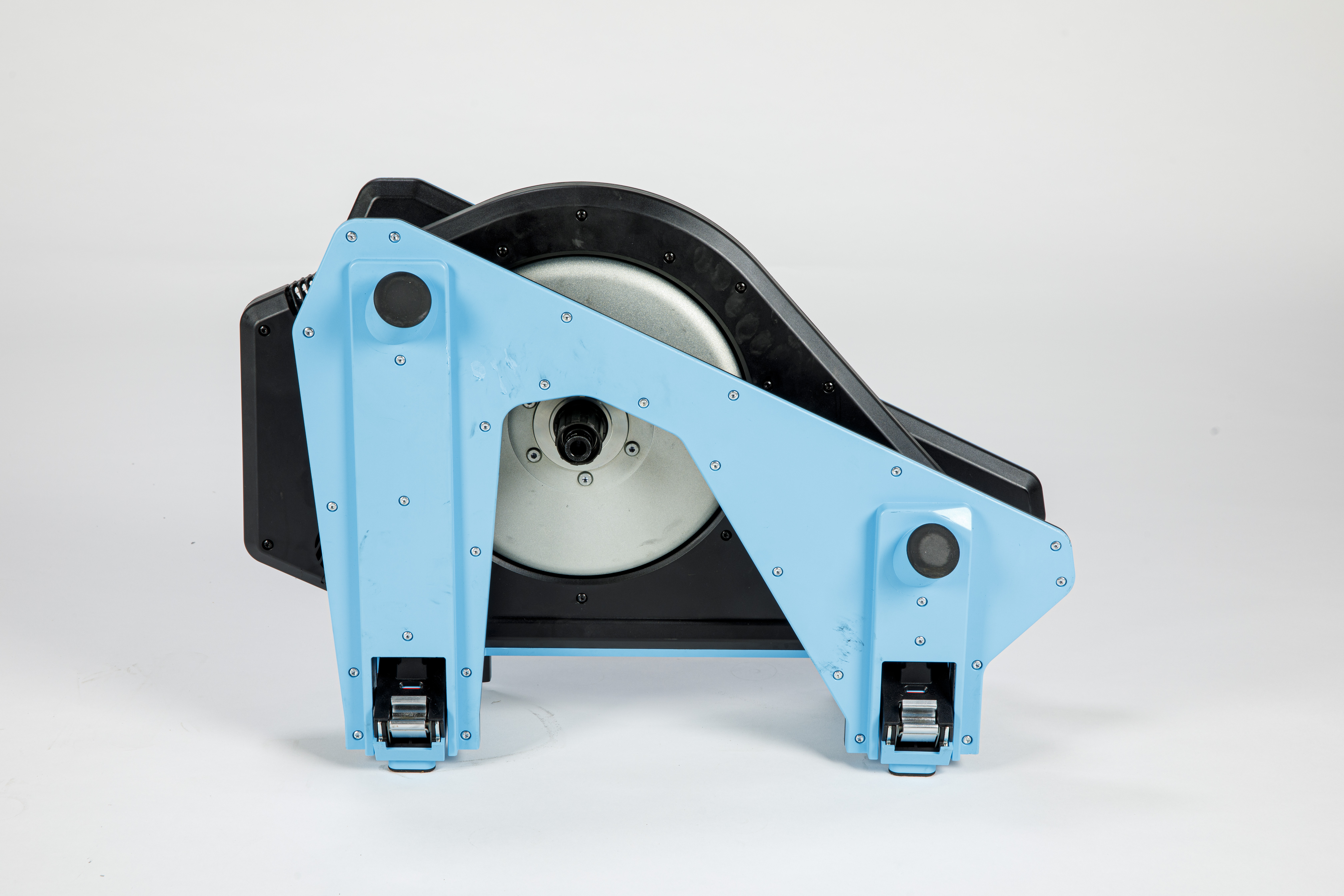
Once unfolded, you simply plug in the provided lead. Once you’ve fitted a cassette and established which skewer or thru axle adapter is needed (these are helpfully labelled in white on black lettering), you’re good to go. I had no issues finding the trainer when using Zwift or Wahoo Systm.
There’s no need to zero offset on this trainer, either. Finally, the trainer can be used without mains power, it simply simulates a flat road, and then increases the resistance with your pedalling speed. This isn’t something I’d expect owners to use often, but could come in handy in a race HQ car park warm-up, for example.
Tacx Neo 2T ride quality
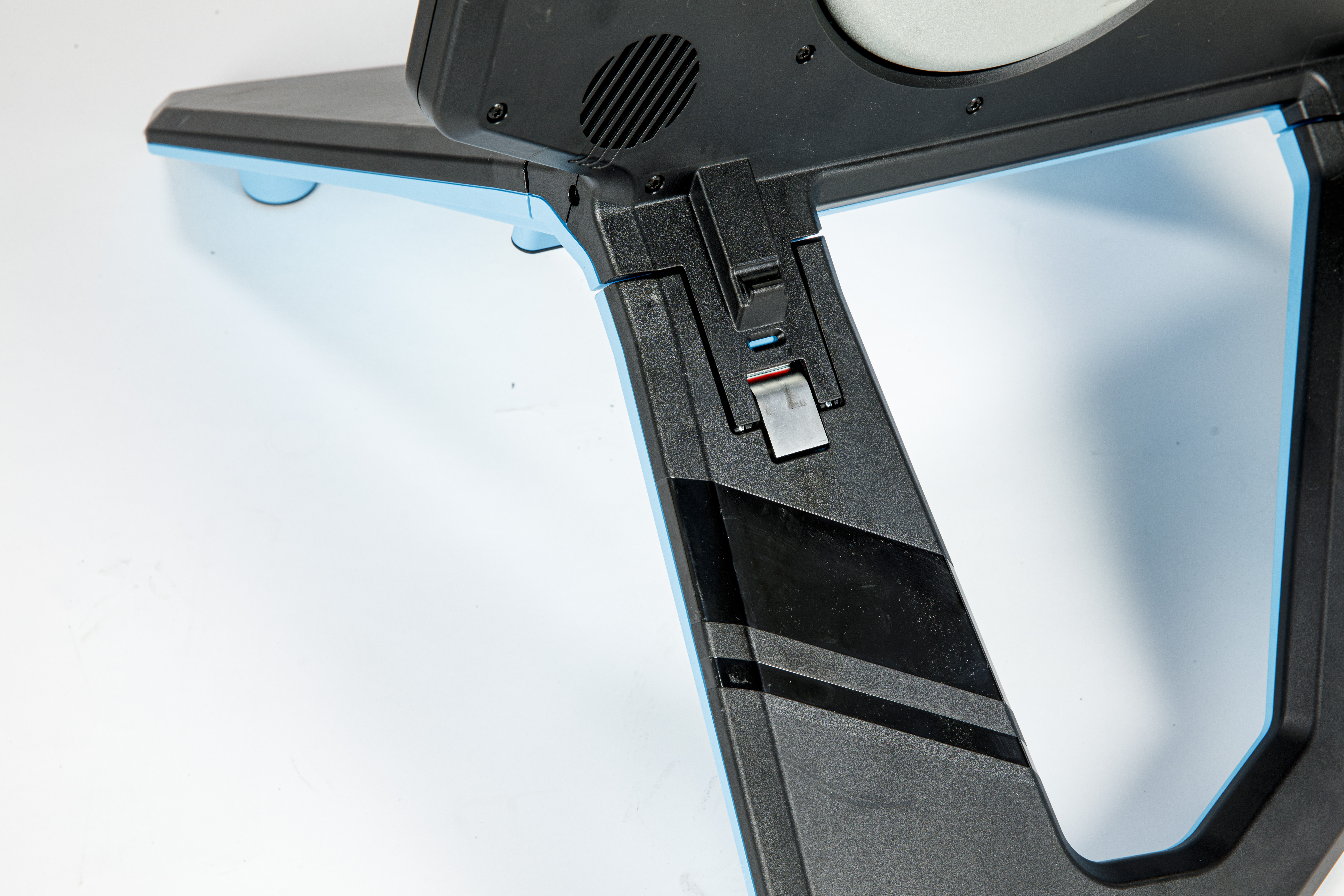
Getting up to speed on the Tacx Neo 2T, the rocking motion was immediately noticeable. This isn’t something you’ll feel when pedalling in the saddle at anything around, or just over, FTP - but it becomes apparent as you get out of the saddle to accelerate.
Electromagnetic resistance units only feature on the most advanced turbo trainers. They offer a much more realistic ride feel, and that is absolutely discernable - there’s not a hint of that ‘churning through mud’ feel that you’ll experience on less expensive units. This also means that the trainer is quicker to react to changes in incline or resistance required by an app, so you’ll feel the climb ramping up exactly as it should, and vice versa.
Therefore, it will come as no surprise that this was the fastest trainer to drop to zero watts - and that matters if you’re a Zwift racer, since it allows you to activate your aero tuck earlier.
The 'cobble' recreation capacity is nice to have, but it's not a reason to buy this turbo trainer - it might add a little bit of excitement but it won't turn you into Fabian Cancellara.
I did find that when completing sprint sessions on Wahoo Systm that contained 15 second efforts, the trainer struggled to match the resistance demands of the workout, and I wasn’t able to get up to power in time for the effort to end. The response was so quick that I had to really shift through the gears to reach the ideal cadence for sprint efforts. However, anything over 30 seconds was fine.
The inbuilt rocking motion was another area which was troublesome during sprints. Whilst I was well aware that the movement is intentional, and not damaging to my bike, I found it disconcerting - this might be something that fades over time with more use.
The final criticism is that Tacx doesn’t offer any sort of riser system within its armory - by which I mean hardware that can pitch the front end of the bike upwards, as per the Wahoo Kickr Climb or Elite Rizer. This is not a criticism of the Tacx Neo 2T itself, but if you are considering decking your home training area out with a full suite of indoor workout goods, it’s worth bearing in mind.
Tacx Neo 2T power analysis
In order to ensure consistency, we had just one tester compare power accuracy across all four turbos on test.
Tech Writer Stefan Abram used each trainer, with a Shimano Dura-Ace power meter crankset, and a pair of Garmin Vector 3 pedals (don’t worry, these are the updated version which fixed the reliability issues of the original pedals).
The efforts were controlled by keeping the turbo trainer in erg mode, so variance to the other power meters is what we're looking for. Stefan tested each turbo for 10 minutes steady at 250w, five sets of 30s efforts to test response time - and check consistency over 400w. Next up, were a few sprints, then 10s on/10s off to test how well the turbo dropped to zero watts to achieve the ‘super tuck’ in Zwift racing.
The results are below, we found the Elite Direto X-RT provided the closest numbers, but the Tacx held up well, whilst the Saris often read a little lower and the Wahoo a little higher.
| Tacx 2T | 246w |
| Shimano Dura-Ace crankset | 247w |
| Garmin Vector 3 pedals | 242w |
For the 30s on / 30s easy, the numbers came out as this:
| Row 0 - Cell 0 | Effort 1 | Effort 2 | Effort 3 | Effort 4 | Effort 5 |
| Tacx Neo 2T | 389w | 389w | 382w | 381w | 385w |
| Shimano Dura Ace crankset | 390w | 390w | 381w | 380w | 372w |
| Garmin Vector 3 pedals | 383w | 383w | 377w | 370w | 376w |
For the sprints the numbers were:
| Row 0 - Cell 0 | 1s | 5s |
| Tacx | 1062w | 992w |
| Dura-Ace | 1077w | 1017w |
| Vector | 1090w | 1023w |
Value and conclusions
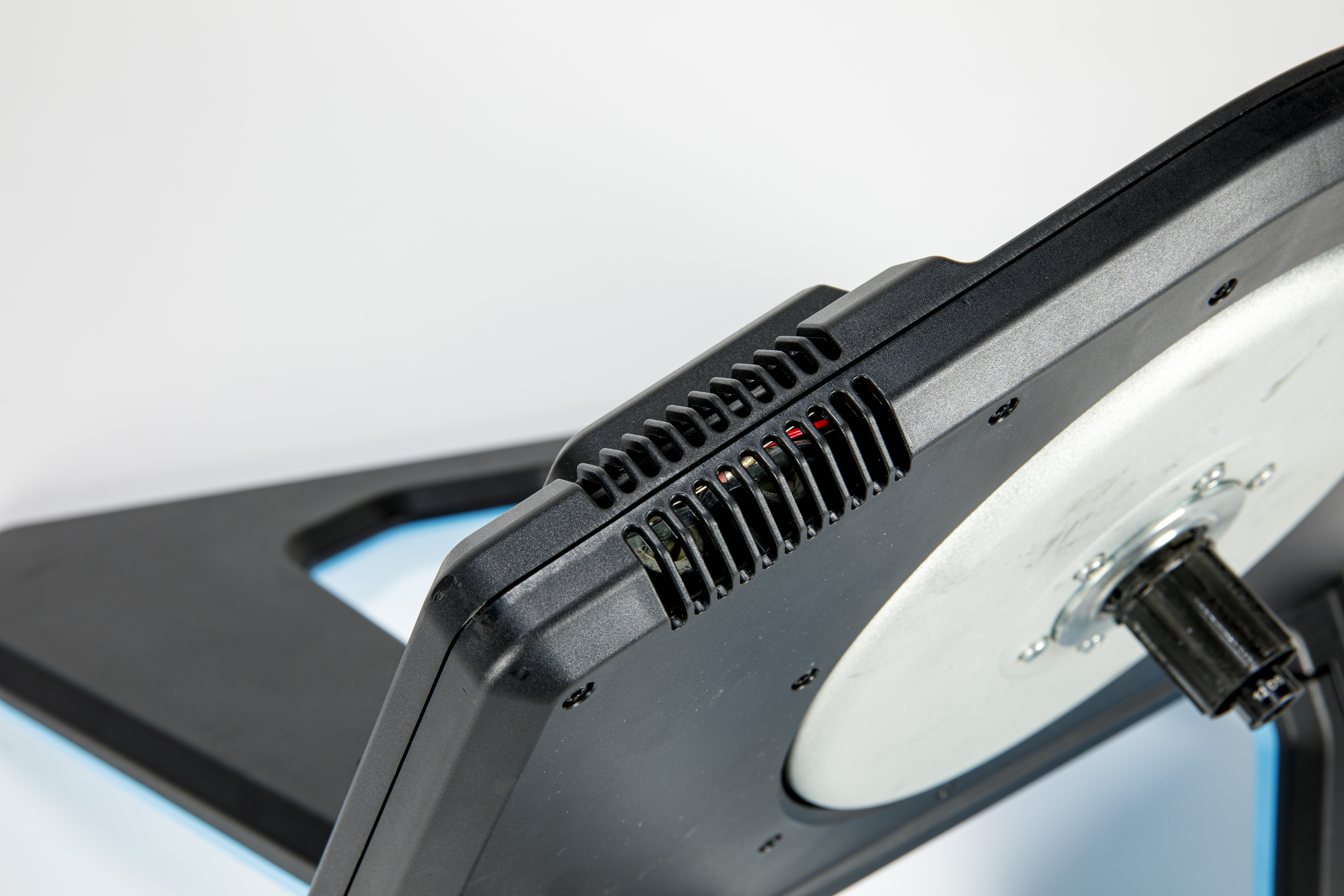
At £1199.99/$1399.99, the Tacx Neo 2T is the most expensive unit on test. However, it also mimics the toughest climbs, has the best claimed accuracy, and a tied second-best max power capacity. The ride feel, and realism on offer with the likes of the cobbles recreation, are second to none: this is the most enjoyable trainer to use. However, the swaying isn't for everyone, and we'd like it to be easier to fold and carry around.

Thank you for reading 20 articles this month* Join now for unlimited access
Enjoy your first month for just £1 / $1 / €1
*Read 5 free articles per month without a subscription

Join now for unlimited access
Try first month for just £1 / $1 / €1
Get The Leadout Newsletter
The latest race content, interviews, features, reviews and expert buying guides, direct to your inbox!
Michelle Arthurs-Brennan the Editor of Cycling Weekly website. An NCTJ qualified traditional journalist by trade, Michelle began her career working for local newspapers. She's worked within the cycling industry since 2012, and joined the Cycling Weekly team in 2017, having previously been Editor at Total Women's Cycling. Prior to welcoming her first daughter in 2022, Michelle raced on the road, track, and in time trials, and still rides as much as she can - albeit a fair proportion indoors, for now.
Michelle is on maternity leave from April 2025 until spring 2026.
-
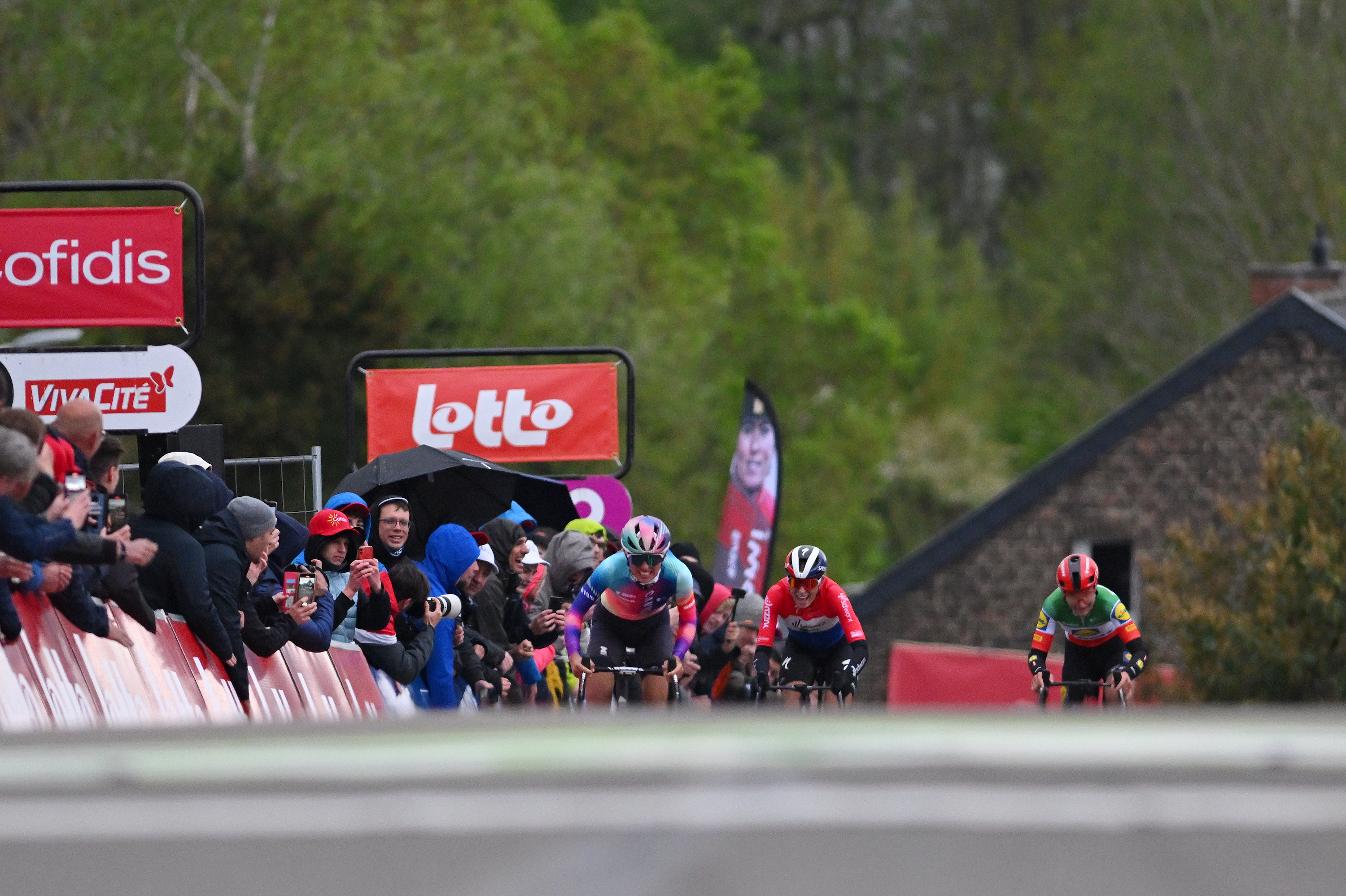 How to watch La Flèche Wallonne: Everything you need to live stream the Ardennes Classic
How to watch La Flèche Wallonne: Everything you need to live stream the Ardennes ClassicAll the broadcast information for the second of the Ardennes Classics on 23 April with Tadej Pogacar – here's how to watch La Flèche Wallonne online and on TV.
By Adam Becket Published
-
 Tadej Pogačar has shown he's fallible - and that's a good thing
Tadej Pogačar has shown he's fallible - and that's a good thingThe Slovenian won’t enjoy losing, but it’s better for brand Pog that he sometimes does
By Adam Becket Published
-
 Trek, State and Specialized raise bike prices while other brands limit US releases — Is this just the beginning?
Trek, State and Specialized raise bike prices while other brands limit US releases — Is this just the beginning?As tariffs hit, the bike industry is forced to adapt, whether through price increases, limited releases, or a restructuring of supply chains
By Anne-Marije Rook Published